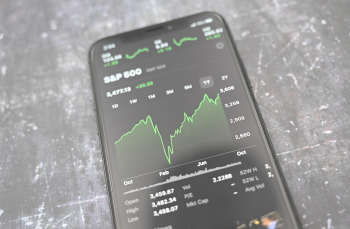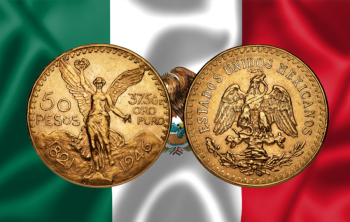
Risks of investing in gold:
Don’t Burn Your Wings
One common mistake is overpaying for gold during periods of high demand. The fear of missing out on gains often drives investors to buy at high prices, which can lead to significant losses when the market corrects. For example, during economic crises or periods of uncertainty, the rush to gold can drive prices disproportionately higher than its intrinsic value. It is essential to stay vigilant and not give in to market panic or euphoria.
Your Gold Under Lock, Not Under the Bed
Physical gold requires secure storage, whether at home or in vaults. These costs can add up and reduce potential gains. Neglecting these costs can also lead to losses in case of theft or damage. Investing in secure storage facilities or bank vaults ensures the protection of gold against theft and damage. Additionally, the costs associated with gold insurance must be considered. Specialized insurance offers coverage against various risks but increases the overall investment costs.
Don’t Put All Your Bars in One Basket
Putting all your eggs in one basket, even if it’s gold, is risky. Inadequate diversification can expose the investor to market-specific fluctuations of gold. Diversifying your investment portfolio helps spread the risks. For example, combining gold investments with stocks, bonds, real estate, or other metals can offer protection against market-specific fluctuations. Geographic diversification, by investing in international markets, can also mitigate risks related to a national economy.
Gold Without Its Pedestal
Gold can be subject to significant short-term price fluctuations, influenced by economic and political factors. These variations can be destabilizing for investors without a long-term vision. Gold prices can react strongly to economic announcements, changes in monetary policy, and geopolitical events. Investors must be prepared for these variations and understand that gold should be considered a long-term investment rather than a quick solution for gains.
From Liquid to Solid in One Step
Although gold is generally liquid, specific circumstances can make selling difficult or less profitable. The ease of converting gold into fiat money (euros, dollars, pounds, etc.) can be affected by rapid changes in market demand or transaction restrictions. It is therefore crucial to understand market conditions and know when to sell to maximize profits and minimize losses.
How to mitigate these risks:
Dancing to the Market’s Rhythm
Investing in gold in a planned and strategic manner, avoiding impulsive purchases during price increases. Using strategies such as dollar-cost averaging helps smooth the purchase price over a period. This method allows you to buy gold at different prices and reduce the impact of volatility.
A Well-Guarded Castle

Avoid the Golden Overdose
Do not invest exclusively in gold. Diversify your portfolio with stocks, bonds, and other assets to reduce exposure to gold market-specific risks. Effective diversification can include investments in various sectors such as technology, real estate, and emerging markets. Additionally, consider investing in mutual funds.
Time is Your Ally
Maintaining a long-term perspective helps better withstand short-term price fluctuations. Gold tends to retain its value over the long term, despite temporary fluctuations. Investors should understand that gold is often used as a hedge against inflation and economic uncertainties. Therefore, having a long-term vision and not reacting impulsively to short-term price fluctuations can lead to more stable and predictable returns.
Reading Between the Bars
Stay informed about market trends and factors influencing the price of gold. A good understanding of the market allows for informed decisions and anticipation of movements. Attending seminars, reading financial reports, and following analyses by gold and financial market experts can provide valuable insights. Additionally, understanding the different forms of gold investment, such as bullion, coins, ETFs, and gold mining stocks, allows for choosing options best suited to one’s goals and risk profile. To understand the factors influencing the price of gold, consult this link.
Conclusion:
Investing in gold, although tempting for its reputation as a safe haven, carries risks that are crucial to understand and manage. By adopting strategies such as diversification, securing storage, and a long-term approach, investors can mitigate these risks and navigate more calmly in the complex world of gold investments. Gold, with its timeless shine, remains a cornerstone in the quest for safety and wealth growth, provided one knows how to dance with its fluctuations and uncertainties. Investing in gold is an adventure requiring vigilance, knowledge, and caution, but the rewards can be worth the commitment, offering stability and lasting value through times and economic cycles. Remember, in the world of gold, it’s not just about shining, but shining without stumbling.




